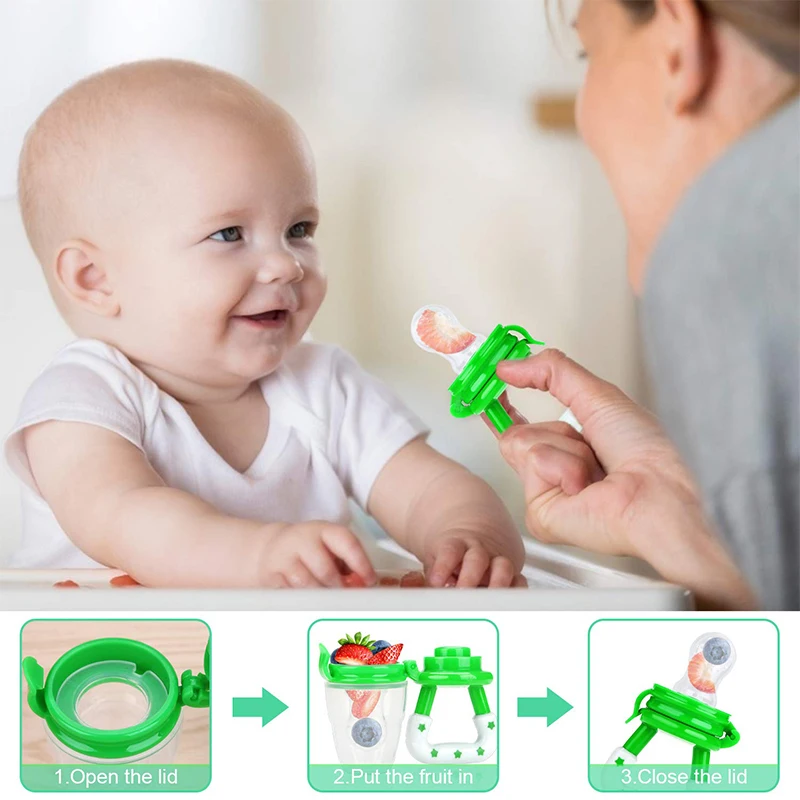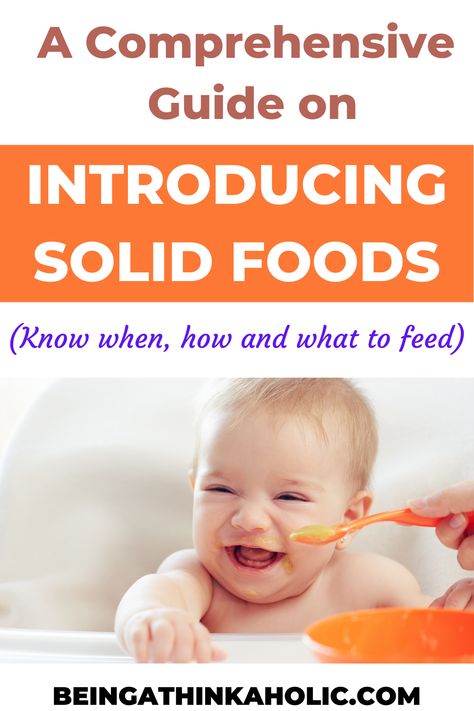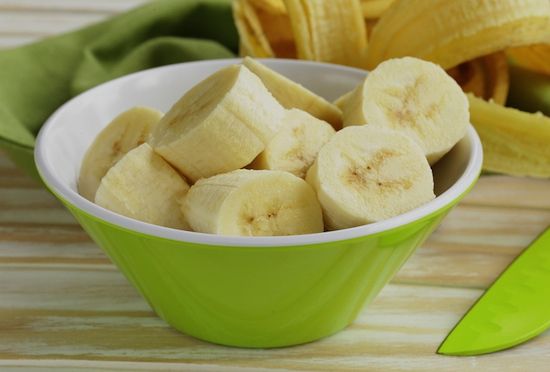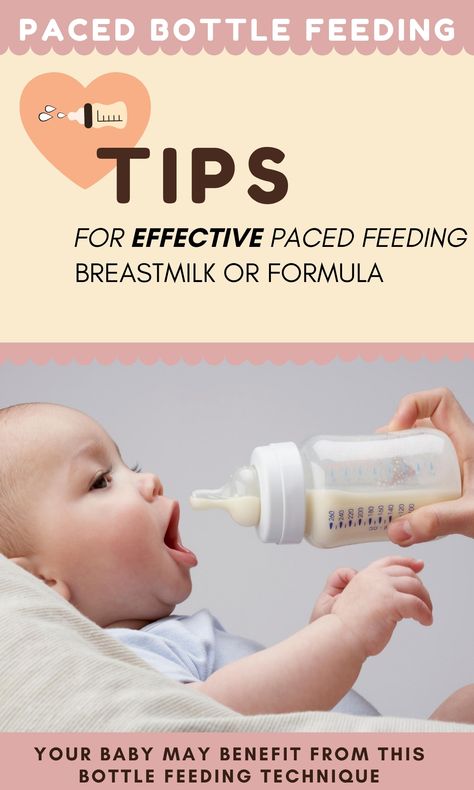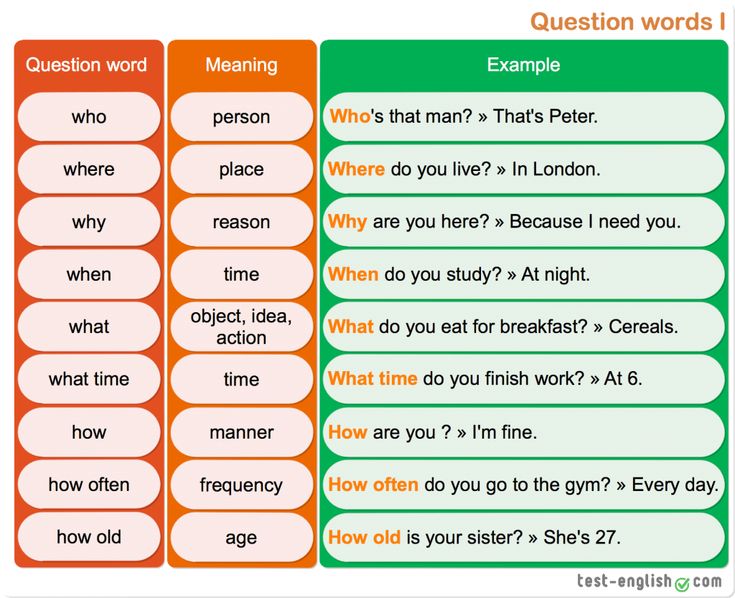Custom baby food feeder
Custom Baby Food Feeder – UnitedSlickMart
Roll over image to zoom in
Save 60%
SKU: 35977406-5pcs-l
filler
Share this product
The Custom Baby Food Feeder is the ideal way to transition baby from breast-feeding or bottle-feeding to eating solids, while providing you with peace of mind! The baby can discover the taste of different foods without the worry of choking. These custom designed, Fruit Pacifiers are a MUST HAVE for your baby! Give your baby a taste of yummy fresh fruit snacks, breast milk, or even vegetables by simply placing your choice of fruit or veggie inside the nipple and as your baby sucks and chews, the juices from the snack will come through while keeping larger pieces safely inside the pacifier. This is a great way to get fresh fruits, juices or vegetables into your baby to help keep them healthy and growing strong.
Available in 4 Sizes:
- Small: Newborn-4 Months
- Medium: 4-6 Months
- Large: 6-8 Months
Custom Baby Food Feeders make the perfect gift for baby showers and are available in a variety of bright colors!
- Perfect way to introduce new foods to baby
- Babies will acquire many nutrients from fruits and vegetables
- Soft strainer helps reduce the risk of choking (only small pieces of digestible food gets through)
- Variety of uses: Fresh fruits, vegetables, ice chips, frozen breast milk.
- Perfect for teething babies - Helps soothe aching gums
- Training and teaching baby to eat on their own
- Locking switch holds fruits in place
- Secure dust cap to prevent contamination
- Very easy to clean
- 100% food grade silicone, BPA free and FDA tested
- Top-rack dishwasher safe
I JUST PLACED AN ORDER, WHEN WILL IT SHIP?
Please allow 3 - 7 business days of processing and production time for your order to ship out.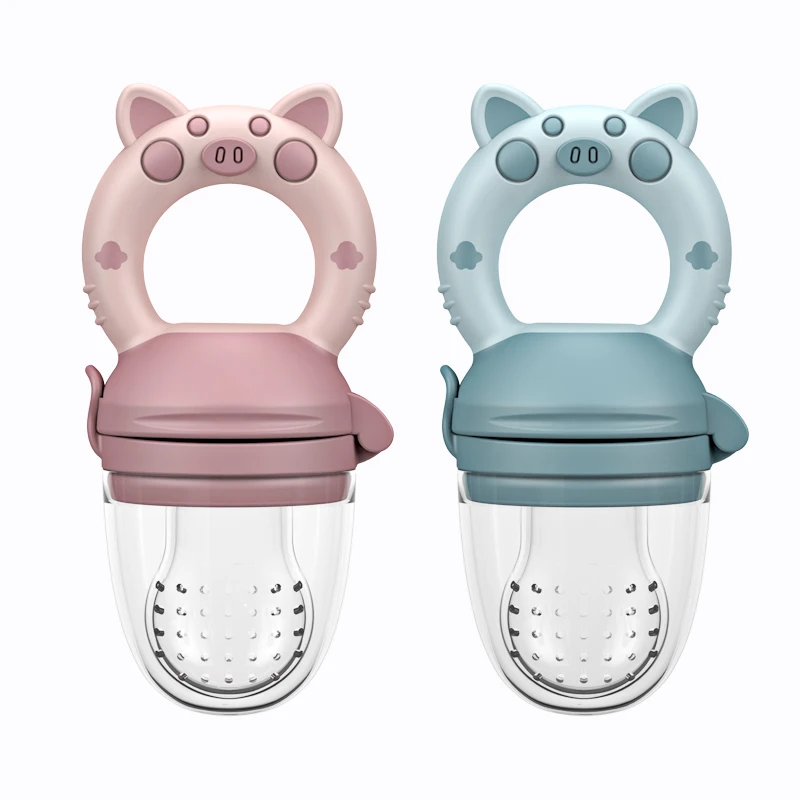
HOW LONG IS THE SHIPPING TIME?
U.S orders will be shipped via USPS & FedEx and International Orders will be shipped depending on the fulfillment center the product is from.
- Average transit times to the United States: 5 - 20 Business days
- Average transit times to International: 17 - 45 Business days
There are circumstances that are out of control (natural disasters, holidays, weather, etc) that may cause shipping postponements. While most packages will arrive on time, there may be circumstances and delays that our carriers may experience. For this reason, we do not guarantee the exact delivery time; the delivery issue is the responsibility of the shipping company.
WILL I RECEIVE A TRACKING NUMBER?
We provide tracking for every order. Tracking will be available once your product is shipped. Each individual product may be shipped from different fulfillment centers across the globe as our product research team spends the time to source for quality yet affordable products.
CAN I CANCEL MY ORDER?
Unfortunately, once you place an order, it can not be canceled without a $20 restocking fee.
I HAVE ENTERED AN INCORRECT ADDRESS!
If you have misspelled or auto-filled your address incorrectly, simply reply to your order confirmation email and give us the correct information. Notify us immediately via email at [email protected]. If the address is wrong, we can correct this within 24 hours.
MY ITEM ARRIVED DAMAGED
We do ship every item with extra padding. Despite this, our customers report that around 1 in 1000 products arrives damaged due to mail service mistreatment.
If this happens to you, please contact us with:
- Your order number.
- A picture of the damaged product.
Once received, we'll be happy to send out another free of charge.
I HAVE A QUESTION THAT WASN'T ANSWERED, CAN YOU PLEASE HELP?
If we still haven't managed to answer your question please feel free to contact us and we will do our best to reply within 24 hours :)
we also have live chat support 24/7
At Unitedslickmart we celebrate the act of discovery. We work with small vendors from all over the world to share their products. Due to the nature of the shipping business, delays are often inevitable, all our shipping times are therefore guidelines only and specific delivery dates are not guaranteed.
We work with small vendors from all over the world to share their products. Due to the nature of the shipping business, delays are often inevitable, all our shipping times are therefore guidelines only and specific delivery dates are not guaranteed.
For pre-ordered or back-ordered items:
If your order contains a pre-ordered or back-ordered item, we will ship any items we have available immediately and ship the items that are pre-ordered or back-ordered immediately when we have them available. So if you ordered more than one item on a single order and receive only a part of your item don't worry, you will receive your other items shortly after.
American ExpressApple PayDiners ClubDiscoverJCBMastercardVisaYour payment information is processed securely. We do not store credit card details nor have access to your credit card information.
Practical Tips for Managing Baby Food While Traveling
Your baby is ready to start eating solid foods and you have a trip planned.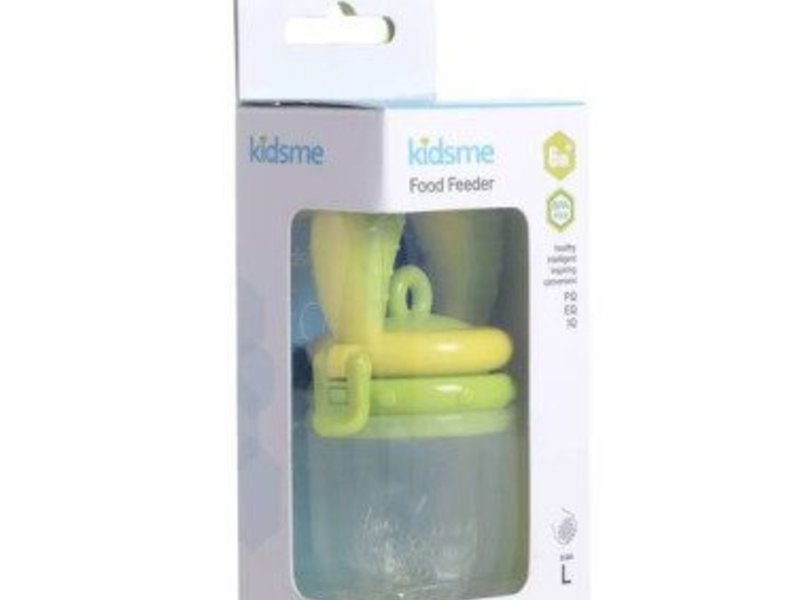 While preparing for your trip you might be wondering what the best way to manage baby food when traveling abroad is.
While preparing for your trip you might be wondering what the best way to manage baby food when traveling abroad is.
The easiest way to feed baby solids on your holiday is by following the principles of baby led weaning. Even if this isn’t the route your family has chosen for introducing solids to your baby, with the right equipment and a little preparation, feeding your baby solids on the go is still quite manageable while traveling.
This post contains compensated links.
When to Introduce Solids to Your Baby
The most common age to introduce solids to a baby is around 6 months. Some babies might be ready or interested in food earlier or later than this, but this is a pretty typical age to start.
Breastfeeding or formula will still be the main source of food for your baby even once you start solids. It remains an important part of your baby’s diet right through to 12 months old (and further, if you choose to breastfeed for longer).
When traveling with a baby eating solids, you’ll want to ensure your baby is staying hydrated and continue to offer formula and breast milk on demand.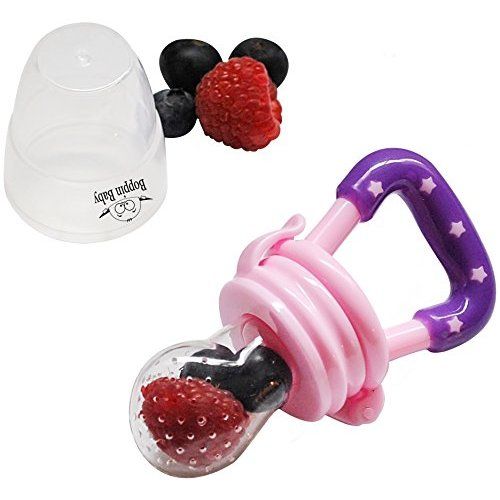
Also be prepared to see less as your baby is learning to eat solid foods. When you are feeding your baby solids on the go, you’ll be giving your baby food a couple times of day, so it will take up a larger portion of your sightseeing time.
How to Plan Travel Food for Babies
Planning baby food when traveling abroad will really depend on how you choose to introduce solids to your baby. For some, baby led weaning is the right choice and this means far less preparation. You can feed your baby finger foods right off your plate.
This works especially well for travel food for toddlers who are used to eating different foods.
For babies who are brand new to eating solids and just figuring out how to eat, it will take a little more preparation. When you start your baby on solids, you often will introduce one food at a time to rule out any allergies.
If you are still in this stage, you can plan to stick to those foods or cereals that your baby is already eating. You can easily prepare warm cereal using one of these baby travel food warmers.
You can easily prepare warm cereal using one of these baby travel food warmers.
If you aren’t doing baby led weaning, have a list of the foods your baby eats at home. For easy solid foods like bananas, avocados and bread, you can easily purchase those at your destination. For other traveling food for baby, like cereals or ready-made pouches, you can pack those in your luggage or your diaper bag backpack.
While you might want to prepare all homemade baby food for your baby, keep in mind that ready-made food is easier to travel with than homemade food and it will last longer.
If your baby isn’t quite into eating finger foods, you can keep making baby food while traveling by traveling with a hand crank food mill to grind up food for your baby.
This baby food timeline is a great reference of what your baby can eat at different ages.
6 Baby Travel Food Ideas
In our experience, our babies ate less solids when we were traveling. Perhaps due to the unfamiliar environment, the change in routine or less familiar foods.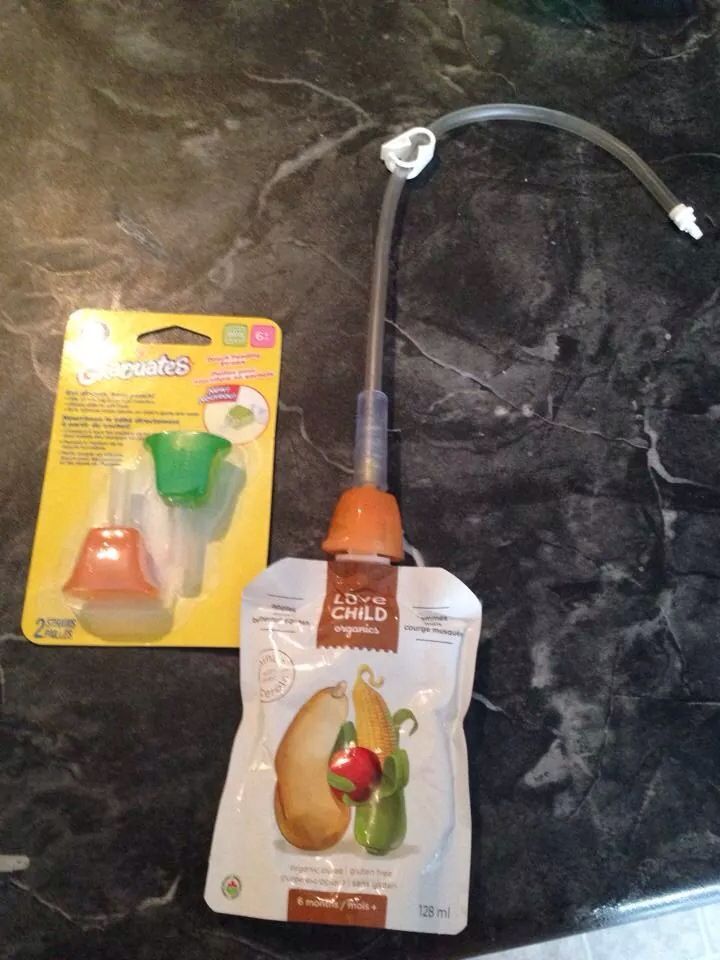 We still offered solid foods at each meal, but let our baby choose how much to eat.
We still offered solid foods at each meal, but let our baby choose how much to eat.
You might also find that your baby is drinking breast milk more or drinking more formula. This is a great way to ensure your baby stays hydrated while traveling.
As for creating travel baby food, here are some of our favorite foods to feed baby while traveling:
- Without question, some of our favorite baby travel food are easy to mash foods that don’t require cooking like bananas, mangoes, avocado, berries.
- Renting an Airbnb with a baby is a great way to get access to a kitchen. If you have access to a kitchen, you can cook soft vegetables (peas, carrots, sweet potatoes).
- Depending on your access to other foods, other great options for cooking baby food while traveling are scrambled eggs, tiny bits of chicken, shredded cheese, cooked pasta, toast strips.
- For traveling with a baby that is very new to eating solids, you can bring single-grain cereals usually fortified with iron and mix it with formula, breast milk or water.
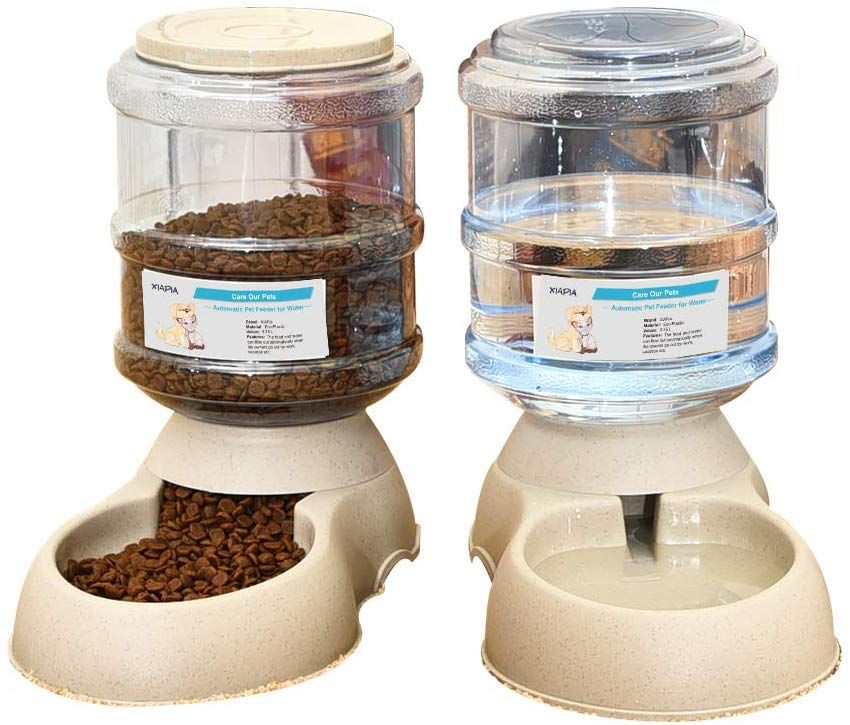 We find mashing up a banana in these cereals is a fun and yummy baby food while traveling.
We find mashing up a banana in these cereals is a fun and yummy baby food while traveling. - If your baby is eating dairy, Greek yogurt is also another easy, nutritious and filling option for baby food while traveling.
- You’ll also want to have a plan for picky toddlers. We love these toddler breakfast ideas; the ‘no recipe’ ideas are perfect for traveling with a picky toddler.
In addition to having ideas for good baby food while traveling, do some research into your destination to determine if baby food is easily accessible. By way of example, this post on finding baby food in Japan discusses where to find baby food in a foreign country. If there’s any doubt, you can pack ready-made pouches as a back-up option to feed your baby while traveling.
For shorter trips or road trips with a baby, you can travel with homemade baby food by packing a cooler with frozen purees to feed your baby on your trip.
13 Tips for Feeding Baby Solids While Traveling
Travel with baby food and the preparation of travel food for babies can feel overwhelming. It might not seem like it’s worth traveling with a baby at this stage of your baby’s development.
It might not seem like it’s worth traveling with a baby at this stage of your baby’s development.
However, if you go into with the right expectations and a little preparation, we are certain you will find traveling with a baby eating solids to be just as enjoyable as any other time.
Here are our best tips for feeding your baby solids on vacation:
1. Bring a Travel High Chair
Be prepared with one of these best portable travel high chairs. Even if you are traveling in a country where high chairs are readily available, a travel high chair will be a life saver for feeding your baby in the hotel room or Airbnb apartment.
2. Prepare for the Mess
You’ll be astounded at how messy babies can be when eating solid foods. Most of the food will have one destination and that will be the floor. In a hotel room, you can put towels or a sheet around where your baby is eating.
We traveled with a plastic table cloth many times and enjoyed how quick and easy clean ups were. It was also useful travel gear for feeding our baby or toddler in a park while out.
It was also useful travel gear for feeding our baby or toddler in a park while out.
When you eat at restaurants with a baby, don’t forget to tip your server a little extra for the inevitable mess you are going to leave behind.
3. Bring Baby Food Equipment
Bring any baby food preparation equipment that will make preparing baby food while traveling easier. Or for older babies, get them used to eating finger foods that you can serve off your plate. We also packed a reusable placemat that allowed us to put the finger foods down directly in front of our baby or toddler.
4. Bring Baby Food Containers for Travel
Bring along snack cups for travel or freezer bags so you aren’t constantly trying to find new food to feed your baby.
5. Know Baby Foods That Work
Prepare a list of baby travel foods that you know your baby will love and eat while you travel.
6. Manage Without a Kitchen
If you don’t have access to a kitchen, going to a buffet restaurant or deli-style counters are a great way to get some steamed vegetables that you can mash for your baby. Another idea to easily get healthy vegetables for your aby while traveling is to order steamed vegetables as a side dish in a restaurant, then mash them up and feed to your baby.
Another idea to easily get healthy vegetables for your aby while traveling is to order steamed vegetables as a side dish in a restaurant, then mash them up and feed to your baby.
7. Start New Baby Foods at Home
To expand the list of baby foods you can use while traveling, it’s best to try new baby foods at home. Be sure to space the new foods a few days apart so you can rule out any allergies.
8. Bring Baby Food to the Restaurant
If you are unsure of what food your baby will eat at the restaurant, don’t be afraid to bring your own baby food to restaurants.
9. Keep Your Baby Hydrated
Most importantly, while traveling keep your baby hydrated by offering breast milk or formula. Even if your baby is eating less solid food than at home, you’ll know your baby is still getting the important nutrients they need.
10. Follow Baby Food Safety
Make sure you have access to a fridge for any leftover baby food. Feed your baby out of a separate container to avoid any germs contaminating your leftovers. Bring a small cooler if you plan to bring food out with you for the day.
Bring a small cooler if you plan to bring food out with you for the day.
11. Feed Solids on the Go with a Stroller
Once your baby or toddler has been eating solids for some time, you can save some time baby feeding solids on the go if you travel with a stroller. We would feed very small pieces of fruit using the stroller snack tray while we walked. Don’t worry, if your stroller doesn’t have a snack tray, you can find these stroller accessories to add to your stroller.
Take extra precautions to watch your toddler to make sure she isn’t putting too much in her mouth and avoid any foods that may be at risk of choking. Baby food pouches are a great option in this instance.
12. Keep it Simple Feeding Baby on Flights
For flying with baby food, we recommend keeping it simple. Pack some premade baby food for on the plane and don’t forget some snacks for your baby or toddler.
You’ll also want to breastfeed or have bottles ready to help with your baby’s ears when flying with a baby.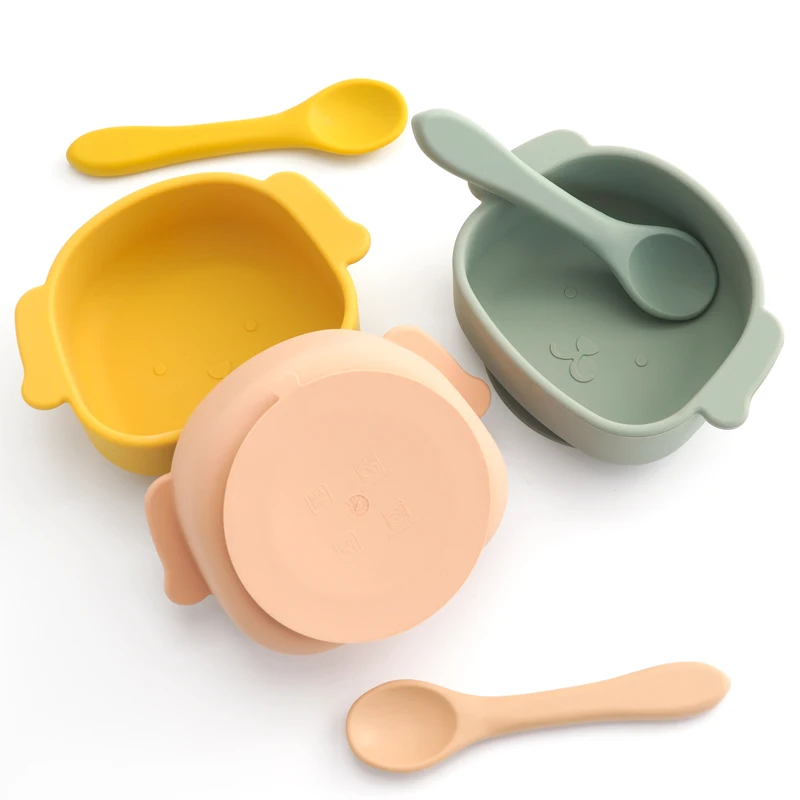
See also: Breastfeeding on a Plane
13. Buy Fresh Produce Upon Arrival
Countries typically have pretty strict rules about bringing food (especially produce) across international borders. You’ll have the easiest time by traveling with prepackaged food and make sure to declare it. If you are worried, then make sure to finish all your baby food on the plane.
What to Pack for Travel with a Baby Eating Solids
Wondering what to pack for preparing baby travel food? Here are our recommended products for feeding your baby solids on vacation. We’ve included travel baby food containers, baby food preparation equipment and even some ready made food and snacks to pack.
SHOP ALL DIRECTLY ON AMAZON
Find all these and more in our convenient Feeding Baby Solids on Holiday shopping list on Amazon.
Frequently Asked Questions about Travel Food for Babies
How to prepare baby food while traveling?
If you have access to a kitchen, you can cook fresh steamed vegetables or fruits to mash up for your baby.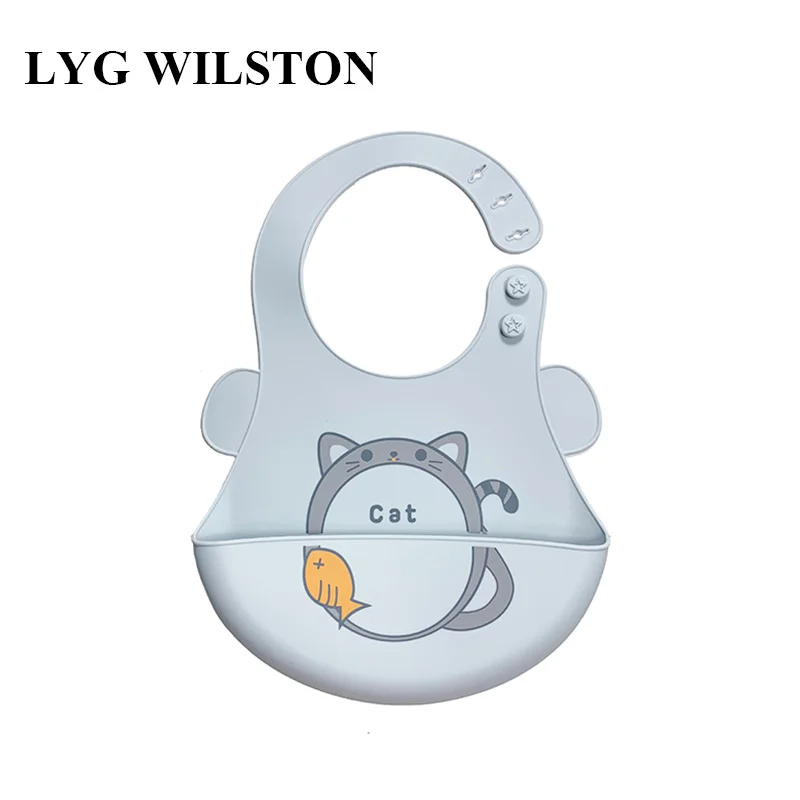 Without a kitchen, cereals or foods that don’t require cooking will be easier to prepare for your baby.
Without a kitchen, cereals or foods that don’t require cooking will be easier to prepare for your baby.
How do you travel with baby puree?
The easiest way to travel with baby puree is by using ready-made puree in jars or pouches. Alternatively, you can travel with your own homemade baby puree. Keep your homemade baby food cool by bringing it in a cooler with a gel or ice packs.
What can I feed my 1 year old when traveling?
Finger foods are the easiest to feed a 1 year old when traveling. Get your toddler used to eating finger foods off your plate. We like using a reusable place mat to offer food to our toddler when traveling.
Can you take puree baby food on a plane?
Yes, you can bring baby food on a plane, including puree baby food. Whether it’s ready-made pouches or homemade food, just be prepared to present it to the security officer when going through airport security with your baby.
How much baby food can I carry on a plane?
If you are flying with a baby or toddler who is under two years of age, you can bring baby food, formula, milk, water and juice in reasonable quantities that you would need during the flight. Unfortunately, the “reasonable quantities” isn’t further defined, but it is exempt from the 3.4 oz or 100 milliliter restriction.
Additionally, you may bring gel or ice packs to keep your baby food cool on your flight.
Here’s more info on taking baby food on the plane:
Baby Food & Airport Security – Canada
TSA & Baby Food
Can you take water on a plane for baby?
You can take water on a plane for baby, in reasonable amounts that you would need during your flights with your baby. Make sure you present it to the screening officer at inspection.
Can you pack baby food in checked luggage?
Yes, you can pack baby food in your checked luggage.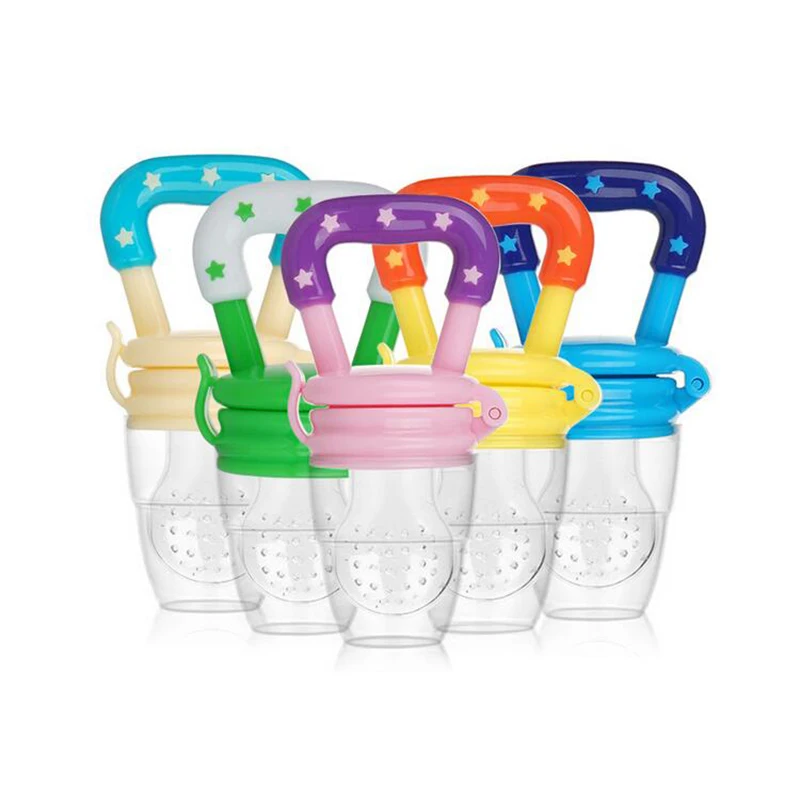 Prepackaged baby food is the easiest to travel with, just make sure it’s well protected in your luggage and you declare it as required at customs.
Prepackaged baby food is the easiest to travel with, just make sure it’s well protected in your luggage and you declare it as required at customs.
Can you take baby snacks through airport security?
Yes, you can take food for your baby through airport security. All baby food, drinks, water, milk and formula need to be presented to the security officer.
Here’s more info on taking solid baby food through airport security in Canada.
What’s the best way to handle baby food and airport security?
When going through TSA with baby food, always present all liquids and baby food to the screening officer. The TSA will want to inspect baby food pouches and any other food or liquids you are bringing on the plane for your baby.
Here’s more information on the TSA & Baby food.
Can you take baby food on international flights?
You can take baby food on international flights.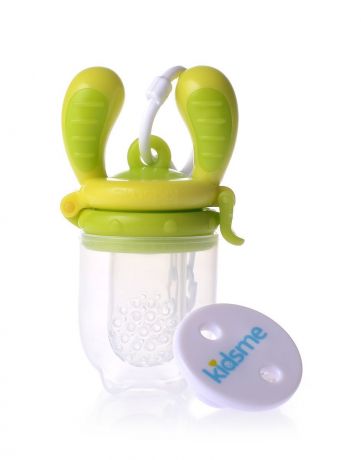 For any fresh produce or other foods that you shouldn’t be crossing international borders with, make sure to finish it before you get off the plane.
For any fresh produce or other foods that you shouldn’t be crossing international borders with, make sure to finish it before you get off the plane.
Can you take baby food through customs?
You should declare ALL food that you are bringing through customs, as required by the country that you are entering. This includes any homemade or ready-made baby travel food in your carry-on or checked luggage.
Shop all our recommended products on Amazon
Worried about what you might feed your baby while away from home? This post from Top Reveal has an excellent list of 21 Best Easy as 1-2-3 DIY Baby Food Recipes. I especially like the Avocado and Banana Mix since this can easily be done with just a fork!
Pin It For Later!
Bird feeders: sizes, types, selection rules
Content:
- Why do we need feeders?
- Types of feeders
- Selection and installation guide
- Things to remember
- Which feed can be used
- Useful findings
"Small little birds are chilled,0022
and Blizzard with a roar frantic Knights Svetnoy 9000
Remember these lines from Yesenin's poem? In winter, birds have a hard time.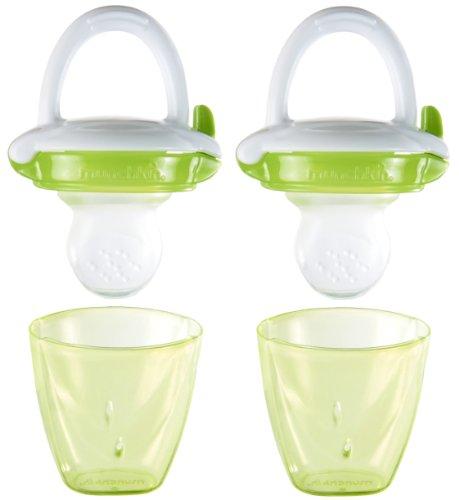 Lack of food becomes a problem. Food is needed in order for the body to produce heat. Ornithologists have calculated that in frosts 90 percent of birds die from lack of calories. The task of a person is to come to the aid of birds. One feeder , hung behind a window or on a tree, provides food for several hundred birds.
Lack of food becomes a problem. Food is needed in order for the body to produce heat. Ornithologists have calculated that in frosts 90 percent of birds die from lack of calories. The task of a person is to come to the aid of birds. One feeder , hung behind a window or on a tree, provides food for several hundred birds.
Why do we need feeders?
1. This is to help flying friends get the food they need for life.
2. Making or attaching feeders together is an excuse to spend time with your family.
3. Children will be happy to follow the replenishment of food . This will teach a responsible attitude towards our smaller brothers.
4. Knowing that there is a feeder on your site, the birds will fly in in the summer and protect the trees from insects
5. Feeders can become a beautiful element of decor in the garden.
6. For pecking feed Birds are interesting to watch for both children and adults.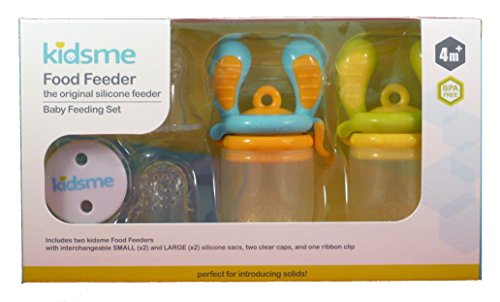
When we were kids, we made bird feeders out of milk cartons. Today, it can be made from a variety of materials or you can choose a ready-made version that will decorate your backyard or apartment window.
Possible materials are wood, metal, cardboard, plastic, plywood.
Basic types feeders :
1. Suspended. Such models are hung on a tree branch. They have an elongated shape and mesh sides, from which it is convenient for birds to get food . It is desirable that feeder be wide enough to accommodate several birds.
2. Platforms . They are a flat plane on which feed . Such feeders have a number of disadvantages - the grains get wet in the snow and rain, scatter from the wind.
3. Trays. Pallets with sides and a roof are not only a place to eat, but also protection from the weather.
Feeders-trays and trays are large, so a dozen birds can eat on them at once.
4. Peelers. Designed for small birds. In such feeders it is better to put bread, which will be held by a metal mesh. Birds will peck out food from the cells.
5. Hoppers. They are small in size, so feathered friends will have to queue up to peck at the grain. There are models with automatic grain feeding, which is practical, since the feed will not scatter.
6. Cottages. A suitable option for a summer cottage. These are flat areas with a roof, so the bird's meal will not be spoiled by moisture.
Selection and installation guide
1. Decide where feeder will be installed. Small options are suitable for the apartment window - peelers, bunkers, hanging ones. Large ones will look good on the plot - houses, trays, platforms.
2. Locate the "refectory" in a place where food will not get wet from snow or rain. If this is not possible, consider options with a roof.
3. Birds can be easy prey for cats and small predators. Feeder must be installed so that the animals cannot reach it.
4. The product must be well reinforced. You can screw it to a tree, but there is a chance of damaging the trunk. Much more efficient to attach feeder to a free-standing pole, which must be well dug into the ground.
5. If you are going to install a feeder in the forest, but do not have the opportunity to add feed daily, choose models with automatic grain feeding.
Things to remember
1. Birds find food thanks to their sharp eyesight. Feeder must be bright. Another way to attract attention is to hang a bright ribbon on it.
2. When making a "dining room" on your own, give preference to safe materials. Staining is permissible only on the outside - lacquer or paint contains toxic substances.
When making a "dining room" on your own, give preference to safe materials. Staining is permissible only on the outside - lacquer or paint contains toxic substances.
3. It is more difficult for large birds to find food than for small ones. Sparrows love to swoop down on food in a flock and quickly peck everything. If you do not have time to constantly replenish feeder , choose smaller models, such as hoppers. Only one bird can eat at a time.
Which food
can be usedIt is recommended to feed the birds with grains and some types of natural food.
Can:
- wheat, millet, oats;
- frozen or dried berries;
- bread crumbs;
- fat - for tits;
- pumpkin and watermelon seeds;
- sunflower seeds.
Not recommended:
- moldy bread;
- rice, buckwheat;
- chips;
- fruit and vegetable peel;
- certain kinds of nuts;
- fried and smoked natural food.

If you are afraid of making a mistake with the choice of ingredients, you can purchase ready-made bird food . A mixture of grains, dried vegetables and fruits contains all the necessary nutrients that will saturate the body of birds.
Useful conclusions
- in winter it is difficult for birds to get food without human help;
- feeder you can make yourself or choose a ready-made option;
- "dining room" for winged birds must be protected from predators, snow and rain;
- Not every kind of food is good for birds. Opt for prepared foods containing grains, fruits, vegetables and nuts.
We also recommend
Dear parents, the contest "Bird feeders" is held in kindergarten
- Welcome!!!
- Education
- Annual plan
- Annual calendar study schedule
- Curriculum
- Schedule NOD
- Organization of the life of a preschooler during the day cold and warm period of the year
- Public report
- Work programs for teachers
- Working with children with disabilities
- Organization of work in a preschool educational institution with dysfunctional families.

- Career guidance
- Ecology
- Distance learning
- Additional education
- Information about the educational organization
- Basic information
- Structure and governing bodies of an educational organization
- Documents
- Education
- Manual. Pedagogical (scientific and pedagogical) staff
- Logistics and equipment of the educational process
- Paid educational services
- Financial and economic activities
- Vacancies for admission (transfer) of students
- Accessible environment
- International cooperation
- Catering in an educational organization
- Catering in an educational organization
- Daily hot meal menu
- Information about the availability of a dietary menu in an educational organization
- Lists of legal entities and individual entrepreneurs providing catering services in a general education organization
- Lists of legal entities and individual entrepreneurs supplying (selling) food products and food raw materials to a general educational organization
- For you PARENTS!
- Entering kindergarten
- Compensation and benefits
- Medical page
- Advice for parents
- Rights and obligations
- Information for parents
- Safety
- CERTIFICATE OF ADDITIONAL EDUCATION
- All-Russian campaign "Tell me where they sell death"
- PREVENTION OF CHILD ABUSE
- Innovation activity
- Regional innovation platform 2020
- Innovation site
- Assessment of the quality of education
- Independent assessment of the quality of conditions for the implementation of educational activities
- Approbation of the external evaluation of preschool educational institution
- VSOKO
- Regional system for assessing the quality of education
- Anti-corruption
- HOT LINE
- Legal page
- The prosecutor's office of the Malmyzhsky district has analyzed the situation in ensuring the safety of people, including minors, at water bodies, protecting their life and health.

- The prosecutor's office of the Malmyzhsky district has analyzed the situation in ensuring the safety of people, including minors, at water bodies, protecting their life and health.
- STAFF VACANCIES
- Safety
- Labor protection
- Anti-terrorism security
- Civil Defense and Emergencies
- Protection of personal data
- Child traffic injury prevention
- Safety for PRESCHOOL CHILDREN!!!
- MEMO "SAFE SUMMER!!!"
- Information security
- competitive movement
- Beautiful school - 2020
- "Green Light" 2021
- Organization of the work of preschool educational institutions during the spread of coronavirus infection COVID-19
- GTO - the path to success!
- GTO norms
- Tasks and principles of the TRP
- Legal and regulatory support
- Internet Reception Manager
- Guest book
- Contacts
- Hotline - help children!
- coworking center
- Academy - Playground
- Appeals of citizens
- Campaign "Tell me where they sell death"
- Mentoring
Visually impaired version
MKDOU Kindergarten No.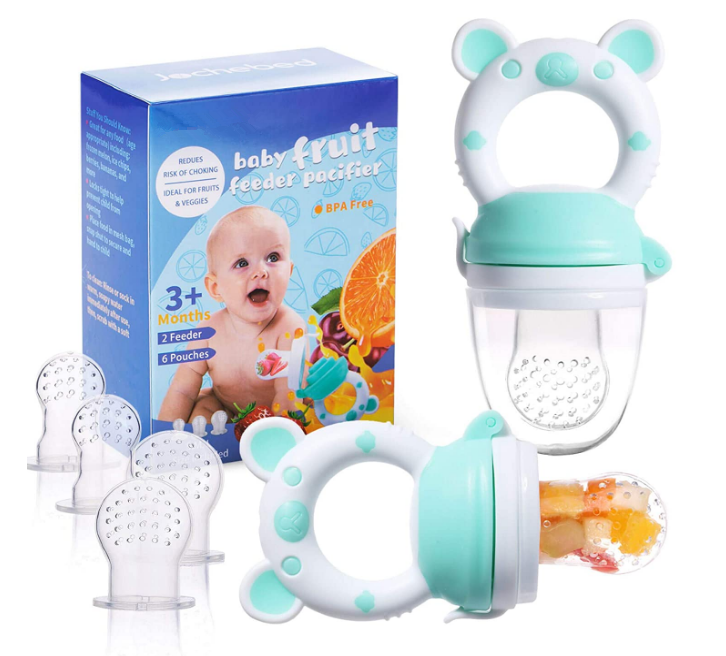 1 "Svetlyachok"
1 "Svetlyachok"
612920 Kirov region, Malmyzh St.
yandex-verification e6b72909e99b4b18
Main → News
November 19, 2019
Regulation
about the competition " Bird Feeders".
1. General Provisions
Competition "Bird Feeders" is held in MKDOU Kindergarten No. 1 "Svetlyachok" in Malmyzh, Kirov Region (hereinafter referred to as the Competition)
2. Aims and Objectives of the Competition 9017 2 Purpose: involvement of parents (legal representatives) in the educational process of the kindergarten
2.2 Tasks:
- give parents the opportunity to show imagination and ingenuity in the design of the feeder,
- develop the joint creativity of children and parents,
- form an ecological culture of preschoolers in a creative union of educators, children and their parents.
3. Participants of the competition:
Families of pupils can take part in the competition.
Production of collective works is possible.
4. Deadlines:
The competition is held from November 18 to December 2, 2019.
5. Procedure and conditions:
5.1. The competition is held in the following nominations:
-
original feeder;
-
functional feeder;
-
ecological feeder;
-
feeder made of unusual materials;
-
parental award
5.2. The size of the feeder, its type, shape and materials used are not limited by the conditions of the competition.
5.3. The work technique is not limited.
6. Competition evaluation criteria:
- strength,
- aesthetics,
- originality of ideas,
- functionality (practical use),
- compliance with safety requirements.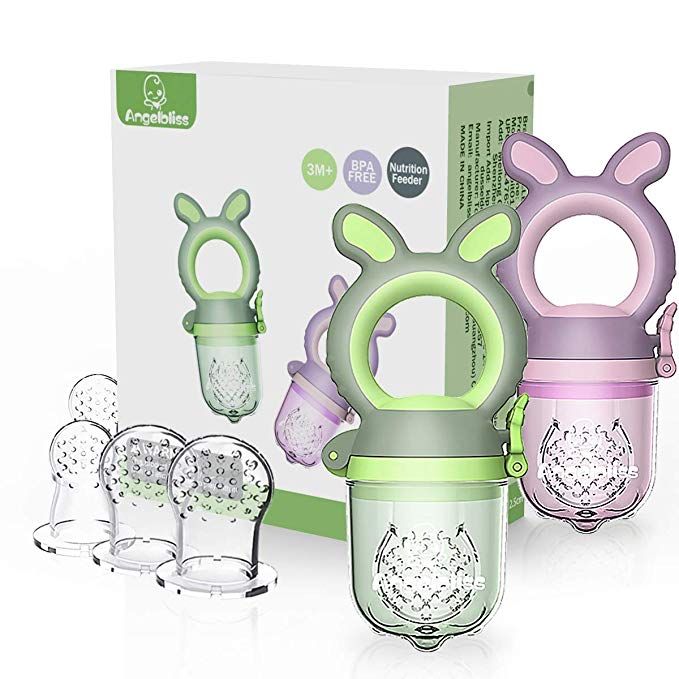
7. Jury of the competition
Senior teacher Trukhina G.B., music director Faskhutdinova E.N., teacher-speech therapist Dovbak E.M.
8. Rewarding:
The winners of the competition are awarded with diplomas.
The results of the competition will be presented on the website of the MKDOU Kindergarten No. 1 "Firefly" in Malmyzh, Kirov Region.
| DIY bird feeder!
|
It's time to think about our smaller brothers - birds.
Birds especially need feeders in winter, during severe frosts and snowfalls, when it is much more difficult to find food than in summer.
In winter, as you know, birds do not die from cold, from hunger. Out of ten titmouse, for example, only one survives frosts. On average, out of ten wintering birds, only three will meet spring. Showing concern for others is one of the hallmarks of a successful person. Feeding wintering birds will teach children how to take care of those who need help, help bring together different generations in the family and bring you a lot of joy. Your feeder will help save the lives of many birds! The more feeders there are, the more birds will live until spring. And this means that the plants on the territory of the kindergarten will have reliable protection against insects, our site will become even more attractive, bird trills will be more diverse and beautiful! Let's help the birds together!
On average, out of ten wintering birds, only three will meet spring. Showing concern for others is one of the hallmarks of a successful person. Feeding wintering birds will teach children how to take care of those who need help, help bring together different generations in the family and bring you a lot of joy. Your feeder will help save the lives of many birds! The more feeders there are, the more birds will live until spring. And this means that the plants on the territory of the kindergarten will have reliable protection against insects, our site will become even more attractive, bird trills will be more diverse and beautiful! Let's help the birds together!
How to build a feeder?
The process of creating a solid wooden bird feeder is quite laborious. If you know how to work with wood, then your feeder can become a unique product, decorated with drawings, carvings or burnt patterns.
You can build a simple feeder from any material at hand: from plastic bottles or cardboard bags for juices or milk, cutting holes in them. Nowadays, many liquid products are sold in plastic containers, and any of them can be used for crafts, and even some unusual ones. Imagine and be creative - this way you can turn the bird feeder into a real work of art that will decorate our site or window.
Nowadays, many liquid products are sold in plastic containers, and any of them can be used for crafts, and even some unusual ones. Imagine and be creative - this way you can turn the bird feeder into a real work of art that will decorate our site or window.
When creating feeders of any design, follow the main rules:
1. The feeder must have a roof, otherwise the feed will be covered with snow or rain, and it will become unsuitable for birds.
2. The design must allow birds to freely enter and leave the feeder.
The active bird feeder is a joy to watch birds, a research ground, a great object for photography or drawing.
During walks, you can observe the birds visiting the feeders, their names, tell the children why the birds are called that, what kind of food they like. Conduct conversations about the benefits of birds, about the rules of careful handling and attitude towards them, captivate children with the work of helping birds in winter, bring a variety of food (seeds, grains, cereals, lard) from home and do not forget to pour it into the feeders every day.